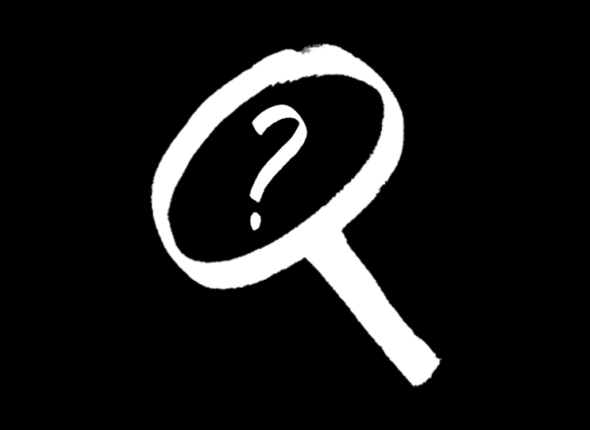-
-
-
-
-
The Ishikawa diagram, also known as the "fishbone" diagram or cause-and-effect diagram, serves as a visual tool to identify and display potential causes of a specific problem or effect. Its characteristic feature is its shape, which resembles a fish skeleton, where the problem or effect is shown as the fish's head, and the causes branch out like bones. It is used for systematically examining and analysing factors that may influence a given situation or outcome. Categories can be named arbitrarily or follow the 5 Ms method (for manufacturing) or the 4 S (for marketing activities).
Implementation Steps of the Method
- The diagram begins with the problem being examined, which is placed at the start of the diagram (the fish's head), representing the problem or result under investigation. It can be defined with words or a short phrase.
- Next, a long arrow is created, serving as the fish's spine.
- Main categories represent the primary branches extending from the fish's spine. Commonly used categories include people, processes, equipment, materials, environment, and management, though these names can change depending on the issue being addressed. These categories represent the most likely or overarching causes of the problem being examined.
- Sub-causes: Each main branch further subdivides into sub-branches, representing potential causes or factors contributing to the problem. These sub-branches can extend to capture all possible causes, allowing for a comprehensive analysis.
- A completed fishbone diagram provides a broad view of what the main causes of the problem might be and offers the opportunity to identify the most likely cause.
Tips
- A clearly defined central theme ensures the meaningfulness of the map.
- It is important and effective to use colours, symbols, and images to visually distinguish different levels and branches.
- Various software tools can be used to create mind maps, such as Canva, FreeMind, ConceptDraw MINDMAP, and others.
Possible uses
- They help team members communicate and share ideas more effectively.
- In identifying the causes of production defects in manufacturing companies.
- For analysing factors affecting customer satisfaction in retail or services.
- In finding the causes of delivery delays in the supply chain.
You can download template here: FISHBONE DIAGRAM
The Ishikawa diagram, also known as the "fishbone" diagram or cause-and-effect diagram, serves as a visual tool to identify and display potential causes of a specific problem or effect. Its characteristic feature is its shape, which resembles a fish skeleton, where the problem or effect is shown as the fish's head, and the causes branch out like bones. It is used for systematically examining and analysing factors that may influence a given situation or outcome. Categories can be named arbitrarily or follow the 5 Ms method (for manufacturing) or the 4 S (for marketing activities).
Implementation Steps of the Method
- The diagram begins with the problem being examined, which is placed at the start of the diagram (the fish's head), representing the problem or result under investigation. It can be defined with words or a short phrase.
- Next, a long arrow is created, serving as the fish's spine.
- Main categories represent the primary branches extending from the fish's spine. Commonly used categories include people, processes, equipment, materials, environment, and management, though these names can change depending on the issue being addressed. These categories represent the most likely or overarching causes of the problem being examined.
- Sub-causes: Each main branch further subdivides into sub-branches, representing potential causes or factors contributing to the problem. These sub-branches can extend to capture all possible causes, allowing for a comprehensive analysis.
- A completed fishbone diagram provides a broad view of what the main causes of the problem might be and offers the opportunity to identify the most likely cause.
Tips
- A clearly defined central theme ensures the meaningfulness of the map.
- It is important and effective to use colours, symbols, and images to visually distinguish different levels and branches.
- Various software tools can be used to create mind maps, such as Canva, FreeMind, ConceptDraw MINDMAP, and others.
Possible uses
- They help team members communicate and share ideas more effectively.
- In identifying the causes of production defects in manufacturing companies.
- For analysing factors affecting customer satisfaction in retail or services.
- In finding the causes of delivery delays in the supply chain.
You can download template here: FISHBONE DIAGRAM








